Introduction
In the realm of culinary delights, few dishes evoke the warmth and comfort of a hearty stew quite like Mutton Stew with Radish. This timeless recipe, found in various forms across Asia and the Middle East, combines the rich, earthy flavor of mutton with the sweetness and subtle crunch of radish, creating a meal that is both nourishing and deeply satisfying. Whether you’re a seasoned chef or a home cook eager to impress, mastering the art of making this stew can elevate your culinary repertoire to new heights. This comprehensive guide will walk you through every step, from selecting the perfect ingredients to achieving that perfect, mouth-watering finish.
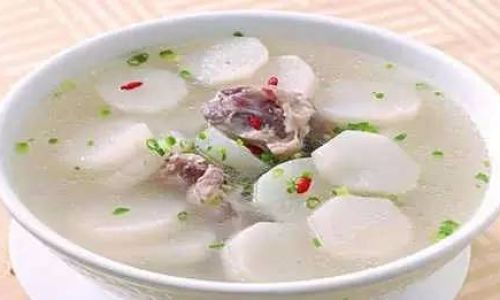
Understanding the Ingredients
Before diving into the recipe, it’s crucial to understand the role each ingredient plays in creating the dish’s distinctive flavor.
Mutton: The star of the show, mutton offers a robust, slightly gamy flavor that becomes incredibly tender when slow-cooked. Look for cuts like shoulder, leg, or neck, which are ideal for stewing due to their higher collagen content, which breaks down into gelatin during cooking, enriching the broth.
Radish: The radish adds a refreshing sweetness and a slight crunch to the stew, balancing out the richness of the mutton. Daikon radishes, in particular, are preferred for their large size and mild taste.
Aromatics: Garlic, ginger, and onions form the backbone of the stew’s aroma. Garlic provides a pungent, savory note; ginger adds warmth and helps digestibility; onions offer sweetness and depth.
Spices and Herbs: Traditional spices like cumin, coriander, and black peppercorns add layers of complexity. Fresh herbs such as cilantro, parsley, or mint can be used for garnish, enhancing the dish’s freshness.

Broth: A good quality stock or bone broth is essential for flavor. If making your own, simmer mutton bones with vegetables and aromatics for a rich, flavorful base.
Vegetables: Carrots, potatoes, and turnips can be added for additional texture and nutrition, complementing the radish’s flavor.
Acidity: A splash of vinegar, lemon juice, or tamarind paste can brighten the stew, lifting the flavors and making them more vibrant.
Seasoning: Salt and pepper are fundamental, but don’t overlook the potential of soy sauce, fish sauce, or even a touch of honey to round out the flavors.
Selecting and Preparing the Ingredients
Mutton Preparation:
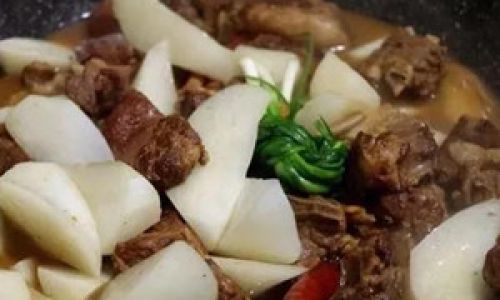
- Choose fresh or well-aged mutton. Avoid meat that looks dull or has an off odor.
- Trim excess fat, but leave some to add flavor and richness to the stew.
- Cut the meat into uniform pieces, about 2-3 inches in size, to ensure even cooking.
Radish and Vegetables:
- Peel and chop the radishes and other vegetables into bite-sized pieces.
- Ensure they are fresh, with firm flesh and no soft spots.
Aromatics and Spices:
- Peel and finely chop the garlic, ginger, and onions.
- Toast whole spices lightly in a dry pan before adding them to the stew to release their oils and intensify their flavors.
Broth:
- If using homemade broth, start with cold water and bring to a gentle simmer. Skim any impurities that rise to the surface.
- Store-bought broth can be used, but opt for low-sodium versions to control seasoning.
Cooking Techniques
Step-by-Step Guide
Sear the Mutton:
Begin by heating a heavy-bottomed pot or Dutch oven over medium-high heat. Add a tablespoon of oil and, once hot, sear the mutton pieces in batches until browned on all sides. This locks in juices and adds a delicious caramelized flavor to the stew. Remove the meat from the pot and set aside.
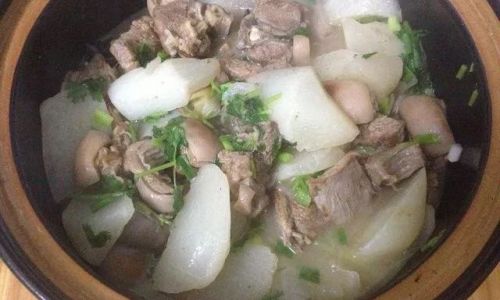
Sauté the Aromatics and Spices:
In the same pot, reduce the heat to medium and add a bit more oil if needed. Add the chopped onions, garlic, and ginger. Cook, stirring occasionally, until the onions are translucent and the aromatics are fragrant. Add the toasted spices and cook for another minute, allowing their flavors to meld.
Deglaze the Pot:
Pour in a splash of red wine, beer, or broth, scraping up any browned bits stuck to the bottom of the pot. This adds immense flavor to the stew.
Add the Broth and Seasonings:
Return the seared mutton to the pot, nestling the pieces into the aromatic mixture. Pour in enough broth to fully submerge the meat. Add chopped vegetables, including the radishes. Season with salt, pepper, and any additional spices or herbs you’re using. Bring the mixture to a simmer.
Simmer Slowly:
Reduce the heat to low, cover the pot, and let the stew simmer gently for at least 2-3 hours, or until the mutton is fork-tender. The longer it cooks, the more flavors will meld and the meat will become incredibly tender. Check occasionally, stirring gently to prevent sticking and adding more broth if necessary.
Finish and Adjust Seasoning:
Once the meat is tender and the vegetables are cooked to your liking, taste the stew and adjust the seasoning. You may need to add more salt, pepper, or a touch of acidity to balance the flavors. If the stew seems too thin, you can thicken it by removing some of the liquid and reducing it separately, or by adding a cornstarch slurry.
Garnish and Serve:
Ladle the stew into bowls, garnishing each serving with freshly chopped herbs like cilantro, parsley, or mint. A squeeze of lemon juice or a drizzle of chili oil can add a refreshing finish. Serve with crusty bread or rice to soak up the delicious broth.
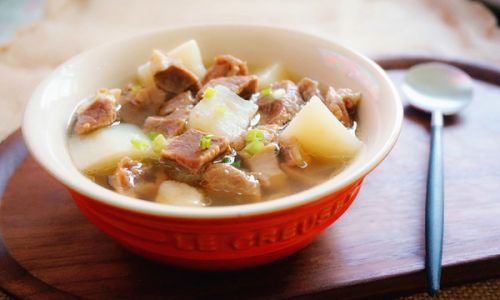
Tips for Perfecting Your Stew
- Patience is Key: Slow cooking is crucial for tenderizing the mutton and allowing all the flavors to meld together. Resist the urge to rush the process.
- Quality Ingredients: Use the best-quality ingredients you can afford, especially for the mutton and broth, as they make a significant difference in the final dish.
- Taste and Adjust: Always taste your stew as you cook, making adjustments as needed. Flavors can change as the stew cooks, so it’s important to keep checking.
- Don’t Overcrowd the Pot: When searing the mutton, do it in batches to avoid overcrowding the pot. This ensures even browning and prevents the stew from becoming stewed in its own juices rather than developing a caramelized crust.
- Experiment with Spices: Feel free to experiment with different spice blends to suit your taste preferences. A blend of Indian spices like garam masala or Middle Eastern spices like za’atar can add unique twists to the traditional recipe.
- Use Fresh Herbs: Fresh herbs make a big difference in the final presentation and flavor of the stew. Always garnish with freshly chopped herbs for the best results.
Conclusion
Mutton Stew with Radish is a dish that embodies the essence of comfort food, offering a rich, flavorful experience that warms the soul and nourishes the body. By following this guide, you’ll be able to create a stew that is not only delicious but also deeply satisfying, with layers of flavor that will keep your taste buds coming back for more. Whether you’re cooking for a family dinner, entertaining friends, or simply treating yourself, this stew is a culinary masterpiece worth mastering. So, gather your ingredients, fire up the stove, and embark on a culinary journey that promises to delight your senses and nourish your spirit. Bon appétit!


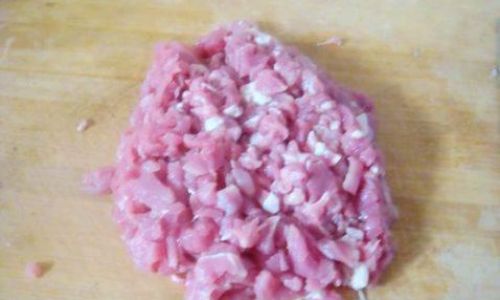


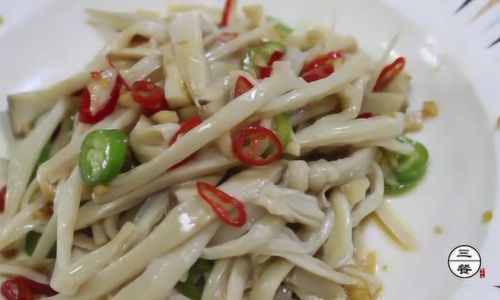
0 comments